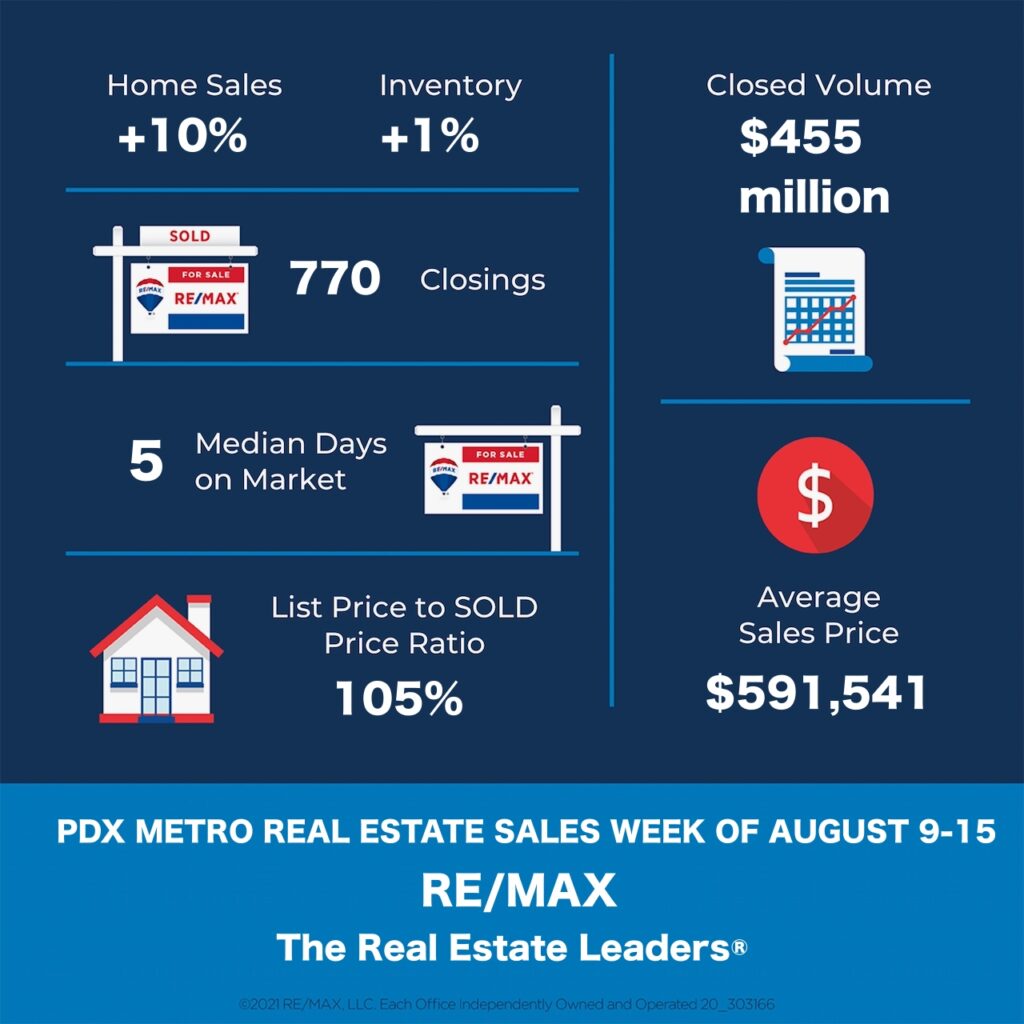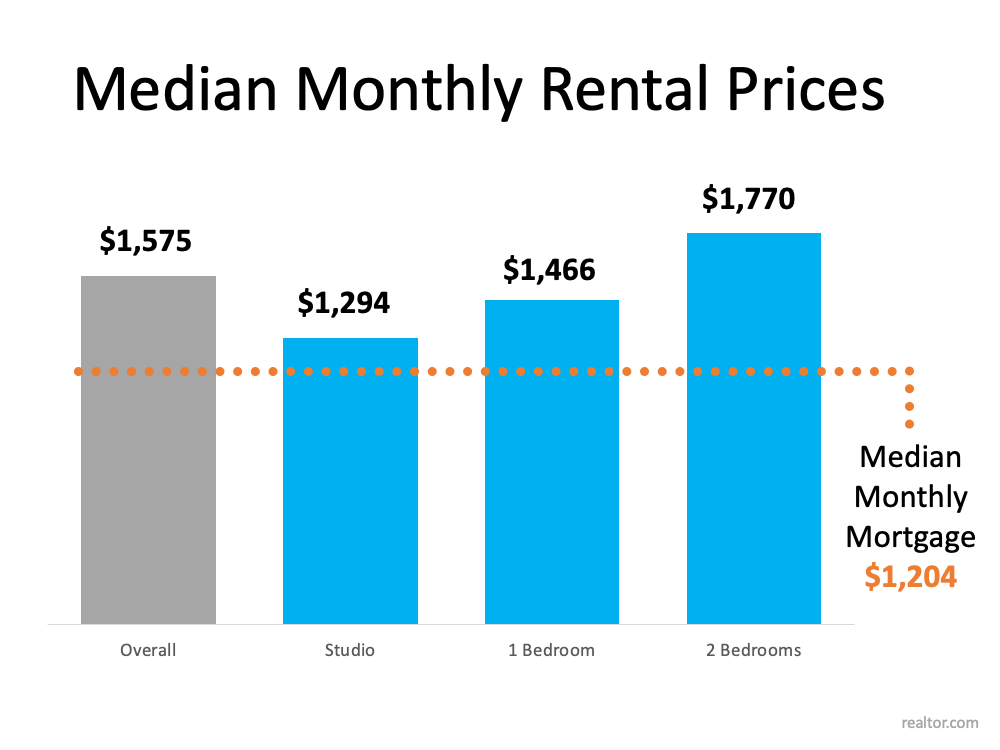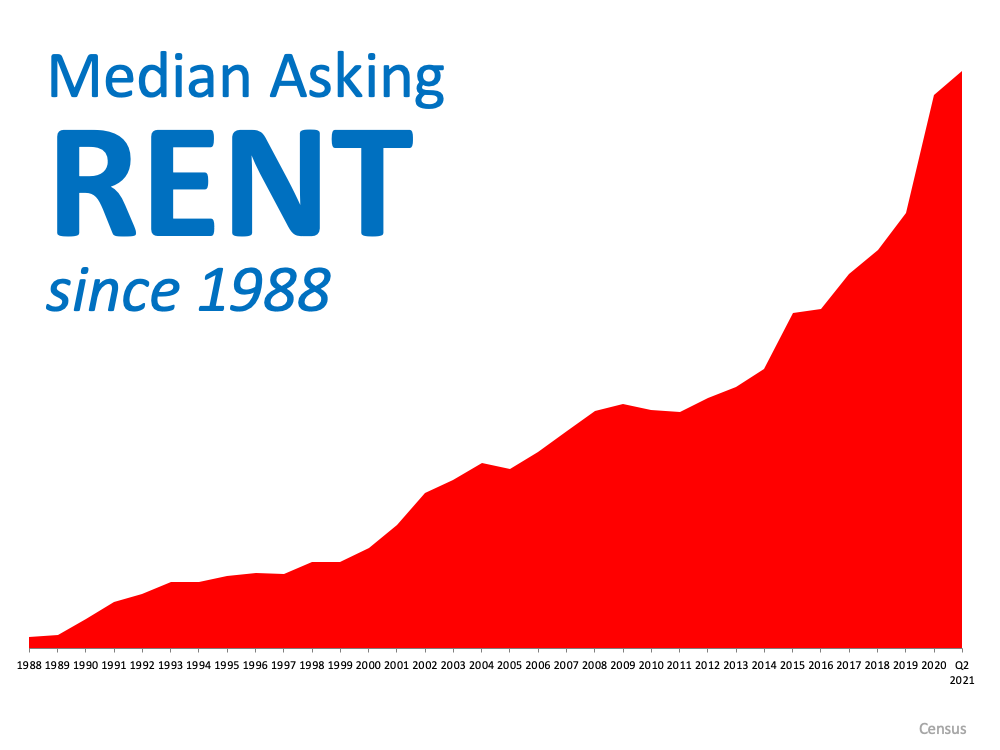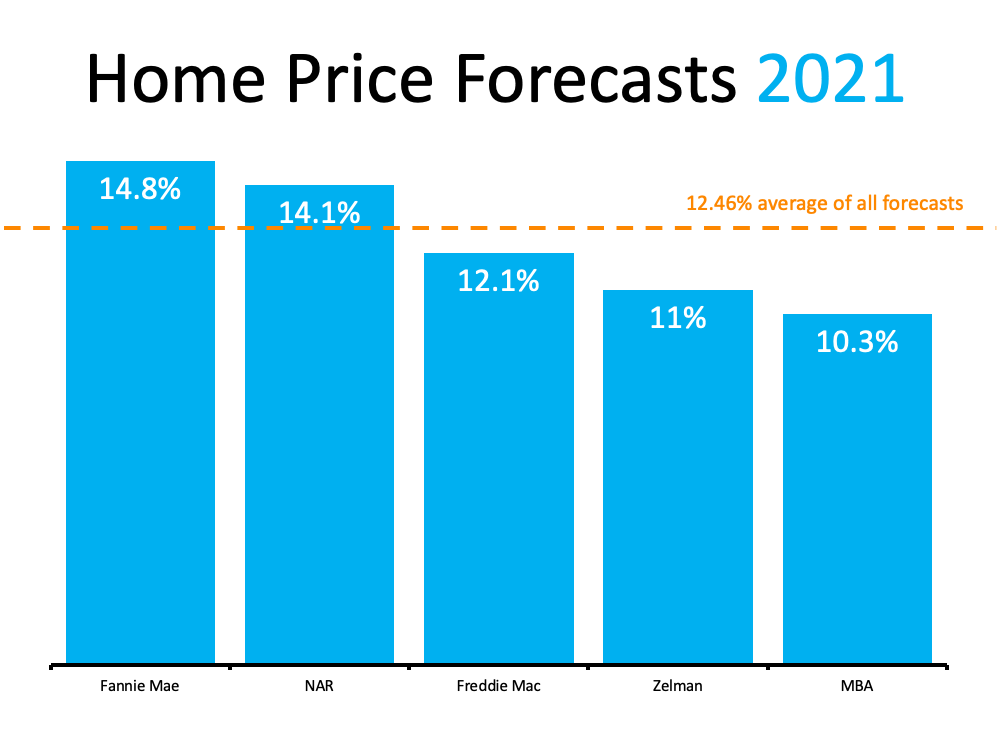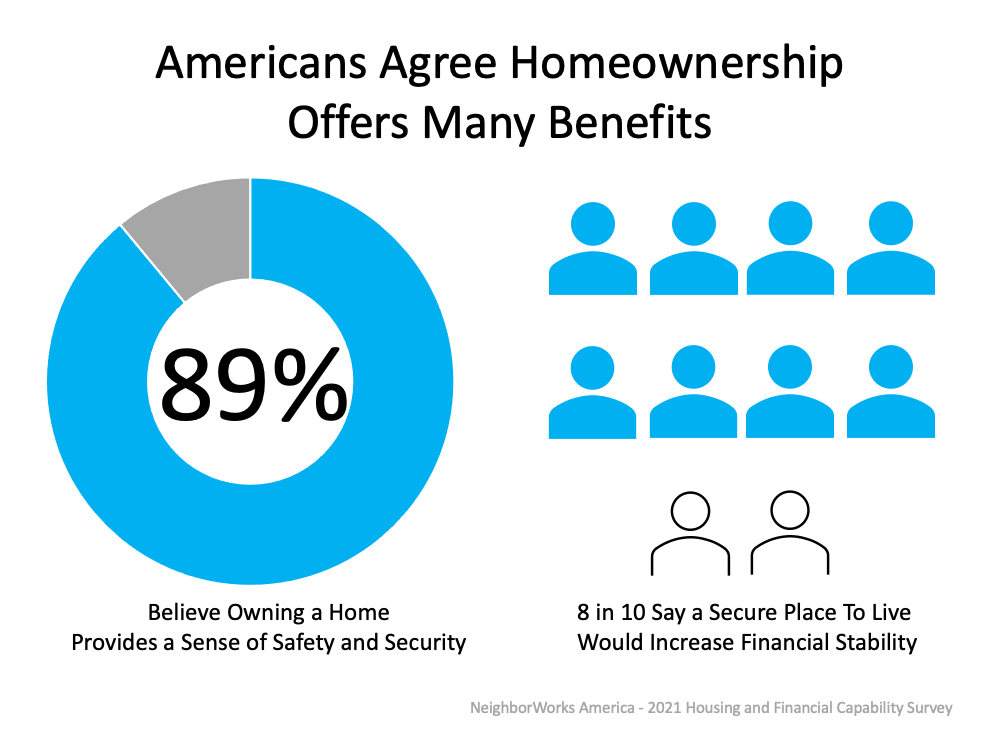August 12, 2021Media Contact: Quintin Simmons 202-383-1178
94% of Metro Areas Saw Double-Digit Price Growth in Second Quarter of 2021 (nar.realtor)
Key Highlights
- The median sales price of single-family existing homes rose in 99% of measured metro areas in the second quarter of 2021 compared to one year ago, with double-digit price gains in 94% of markets.
- The median sales price of single-family existing homes rose 22.9% to $357,900, an increase of $66,800 from one year ago. Over a 3-year period, 46 markets had price gains of over $100,000.
- The monthly mortgage payment on a typical existing single-family home rose to $1,215 and the income a family typically needed to afford an existing single-family home increased to $58,314.
WASHINGTON (August 12, 2021) – Continued low levels of housing inventory, combined with record-low mortgage rates spurring housing demand, have caused an increase in median sales prices for existing single-family homes in all but one of 183 measured markets during the second quarter of 2021. That is according to the National Association of Realtors®’ latest quarterly report, which reveals that 94% of 183 metro areas also experienced double-digit price increases (89% in the first quarter of 2021).1
The median sales price of single-family existing homes rose 22.9% to $357,900, an increase of $66,800 from one year ago. All regions saw double-digit year-over-year price growth, which was led by the Northeast (21.8%), followed by the South (21.0%), West (20.9%), and Midwest (17.1%).
“Home price gains and the accompanying housing wealth accumulation have been spectacular over the past year, but are unlikely to be repeated in 2022,” said Lawrence Yun, NAR chief economist.
“There are signs of more supply reaching the market and some tapering of demand,” he continued. “The housing market looks to move from ‘super-hot’ to ‘warm’ with markedly slower price gains.”
That said, 12 metro areas did report price gains of over 30% from one year ago, eight of which are in the South and West regions, including Pittsfield, Mass. (46.5%); Austin-Round Rock, Texas (45.1%); Naples-Immokalee-Marco Island, Fla. (41.9%); Boise City-Nampa, Idaho (41%); Barnstable, Mass. (37.8%); Boulder, Colo. (37.7%); Bridgeport-Stamford-Norwalk, Conn. (37.1%); Cape Coral-Fort Myers, Fla. (35.6%); Tucson, Ariz. (32.6%); New York-Jersey City-White Plains, N.Y.-N.J. (32.5%); San Francisco-Oakland-Hayward, Calif. (31.9%); and Punta Gorda, Fla. (30.8%).
Yun notes that home prices are increasing sharply in the San Francisco and New York metro areas.
Over the past three years, the typical price gain on an existing single-family home totaled $89,900, with price gains in all 182 markets.2 In 46 out of 182 markets, homeowners typically experienced price gains of over $100,000. The largest price gains were in San Francisco-Oakland-Hayward, Calif. ($315,000); San Jose-Sunnyvale-Sta. Clara, Calif. ($294,000); Anaheim-Sta. Ana Irvine, Calif. ($279,500); Barnstable, Mass. ($220,600); and Boise-City-Nampa, Idaho ($206,300).
With home prices rising, the monthly mortgage payment on an existing single-family home financed with a 30-year fixed-rate loan and 20% down payment rose to $1,215. This is an increase of $196 from one year ago. The monthly mortgage payment grew even as the effective 30-year fixed mortgage rate3 decreased to 3.05% (3.29% one year ago). Among all homebuyers, the monthly mortgage payment as a share of the median family income rose to 16.5% in the second quarter of 2021 (14.0% one year ago).
“Housing affordability for first-time buyers is weakening,” Yun explained. “Unfortunately, the benefits of historically-low interest rates are overwhelmed by home prices rising too fast, thereby requiring a higher income in order to become a homeowner.”
Among first-time buyers, the mortgage payment on a 10% down payment loan jumped to 25% of income (21.2% one year ago). A mortgage is affordable if the payment amounts to no more than 25% of the family’s income.4
In 17 metro areas, a family needed more than $100,000 to affordably pay a 10% down payment mortgage (14 metro areas in 2021 Q1. These metro areas are in California (San Jose-Sunnyvale-Sta. Clara, San Francisco-Oakland-Hayward, Anaheim-Sta. Ana-Irvine, San Diego-Carlsbad, Los Angeles-Long Beach-Glendale), Hawaii (Urban Honolulu), Colorado (Boulder, Denver-Aurora), Washington (Seattle-Tacoma-Bellevue), Florida (Naples-Immokalee-Marco Island), Connecticut (Bridgeport-Stamford-Norwalk), New York (Nassau, New York-Newark-Jersey City), Massachusetts (Boston, Barnstable), District of Columbia-Virginia-Maryland-West Virginia (Washington-Arlington-Alexandria), and Oregon-Washington (Portland-Vancouver-Hillsboro).
There were only 84 metro area markets in which a family needed less than $50,000 to afford a home, down from 104 markets in 2021 Q1. The most affordable markets – where a family can typically afford to buy a home financed with a 10% down payment with an income of $25,000 or less – are in the Rust Belt areas of Youngstown-Warren Boardman, Ohio ($24,401); Peoria, Illinois ($24,013); Cumberland, Maryland ($23,773); and Decatur, Illinois ($21,481).
“Housing supply will be critical in moderating the growing housing costs and rising rents,” Yun said. “Any disincentive to produce more housing inventory, such as extending the eviction moratorium, will only worsen the current shortage,” Yun said.
Yun noted that NAR has requested “expeditious release” of rental subsidy funds in order to assist those who may be facing eviction.
The National Association of Realtors® is America’s largest trade association, representing more than 1.4 million members involved in all aspects of the residential and commercial real estate industries.
# # #
NOTE: NAR releases quarterly median single-family price data for approximately 183 Metropolitan Statistical Areas (MSAs). In some cases, the MSA prices may not coincide with data released by state and local Realtor® associations. Any discrepancy may be due to differences in geographic coverage, product mix, and timing. In the event of discrepancies, Realtors® are advised that for business purposes, local data from their association may be more relevant.
Data tables for MSA home prices (single-family and condo) are posted at https://www.nar.realtor/research-and-statistics/housing-statistics/metropolitan-median-area-prices-and-affordability. If insufficient data is reported for an MSA in a particular quarter, it is listed as N/A. For areas not covered in the tables, please contact the local association of Realtors®.
1 Areas are generally metropolitan statistical areas as defined by the U.S. Office of Management and Budget. NAR adheres to the OMB definitions, although in some areas an exact match is not possible from the available data. A list of counties included in MSA definitions is available at: https://www.census.gov/geographies/reference-files/time-series/demo/metro-micro/delineation-files.html(link is external).
Regional median home prices are from a separate sampling that includes rural areas and portions of some smaller metros that are not included in this report; the regional percentage changes do not necessarily parallel changes in the larger metro areas. The only valid comparisons for median prices are with the same period a year earlier due to seasonality in buying patterns. Quarter-to-quarter comparisons do not compensate for seasonal changes, especially for the timing of family buying patterns.
Median price measurement reflects the types of homes that are selling during the quarter and can be skewed at times by changes in the sales mix. For example, changes in the level of distressed sales, which are heavily discounted, can vary notably in given markets and may affect percentage comparisons. Annual price measures generally smooth out any quarterly swings.
NAR began tracking of metropolitan area median single-family home prices in 1979; the metro area condo price series dates back to 1989.
Because there is a concentration of condos in high-cost metro areas, the national median condo price often is higher than the median single-family price. In a given market area, condos typically cost less than single-family homes. As the reporting sample expands in the future, additional areas will be included in the condo price report.
The seasonally adjusted annual rate for a particular quarter represents what the total number of actual sales for a year would be if the relative sales pace for that quarter was maintained for four consecutive quarters. Total home sales include single-family, townhomes, condominiums and co-operative housing.
2 NAR does not have 2018 data for Detroit-Warren-Dearborn, Mich.
3 This is the effective mortgage rate based on Freddie Mac’s 30-year fixed contract rate mortgage, points and fees.
4 Housing costs are burdensome if they take up more than 30% of income. The 25% share of mortgage payment to income considers the idea that homeowners have additional expenses, including mortgage insurance, home insurance, taxes, and expenses for property maintenance.


![Sellers Are in a Sweet Spot [INFOGRAPHIC] | MyKCM](https://files.mykcm.com/2021/08/12132433/20210806-MEM-1-1046x2364.png)



